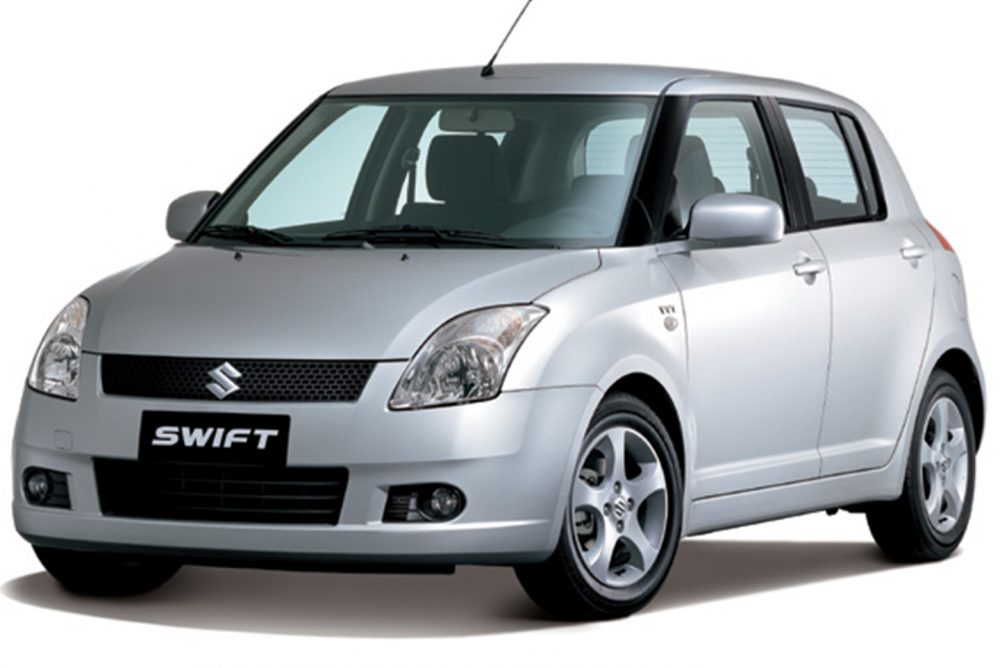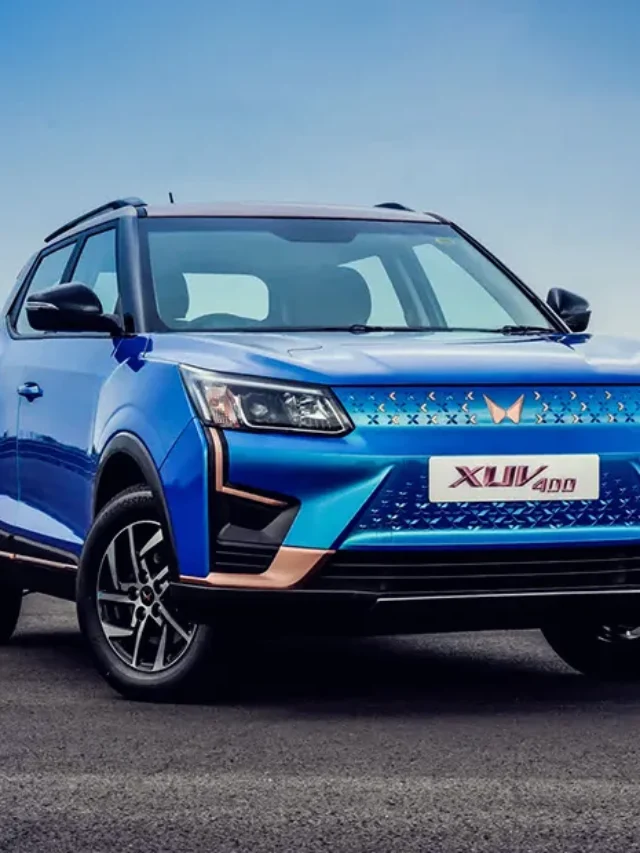Maruti Suzuki Swift: Unleashing Dynamic Evolution Across Four Generations – #1

The original Swift hatchback made its debut on Indian roads in 2005, and nearly two decades later, we are gearing up to embrace the arrival of the fourth-generation model.

Highlights
- First-gen Swift launched in India in 2005
- Maruti Suzuki nearing 25 years in the Indian market
- Fourth-gen Swift expected to debut with a new 3-cylinder petrol engine
The Maruti Suzuki Swift hardly needs an introduction, having firmly cemented its place in the Indian market over the last two decades. Originally launched in 2005, the Swift is now on the verge of entering its fourth generation, with an impressive 2.5 million units sold to date. Here, we take a journey through the evolution of all the generations that have graced Indian roads.
First-Gen Maruti Suzuki Swift (2005)

The first-gen Maruti Suzuki Swift was best known for its sharp handling, a characteristic that set it apart from other hatchbacks in India at the time.
Launched in 2005, this model was the one that really kickstarted the Swift’s journey for Indian buyers, even though older versions with the Swift name had already been sold in European markets. Designed for both Indian and global markets, the first-gen Swift stood out with its unique look and fun-to-drive nature, quickly becoming a favorite among car enthusiasts.
Under the hood, the first-gen Swift initially featured the G13 petrol engine borrowed from the Esteem sedan, known for its reliability. Later on, the popular 1.3-litre DDiS diesel engine was added, which became a go-to for almost every diesel-powered Maruti in the late 2000s. Toward the end of the Swift’s production, the G13 engine was swapped out for the more efficient K-Series 1.2-litre petrol engine as Maruti transitioned to meet BS4 emission standards.
The popularity of the first-gen Swift was clear from its impressive sales numbers. It crossed the 1 lakh mark by early 2007 and hit 2 lakh units just a little over a year later. By the time the second-gen Swift came out in 2010, the first-gen had already sold over 5 lakh units, securing its place as a real game-changer in the Indian hatchback scene.
Second-Gen Maruti Swift (2010)

The second-gen Swift was larger than the first, offering more space and comfort, but it still came with the same engines. It was designed to fix some of the issues from the original model, focusing more on making the ride smoother and more comfortable. However, the car kept its signature shape, with the design being more of an evolution rather than a completely new look.
The second-gen Swift came with more tech compared to the first, but it still kept the same 1.2-litre petrol and 1.3-litre diesel engines. Just like the first-gen, it was available only with a manual transmission.
The second-gen Swift continued the momentum from where the first-gen left off, hitting the 10 lakh sales mark in 2013 and reaching 15 lakh units by 2016. By the time the third-gen model was launched in 2018, the Swift was nearing the impressive 20 lakh unit mark.
Third-Gen Maruti Swift (2018)

The third-gen Swift debuted at the 2018 Auto Expo, marking another step in the evolution of this popular hatchback. While still retaining the familiar Swift look, the design was refreshed to keep things exciting. Built on the Heartect platform, the third-gen Swift became the lightest model yet, while also providing more space inside the cabin. The same 1.2-litre petrol and 1.3-litre diesel engines were carried over, but for the first time, buyers had the option of an automated manual transmission (AMT) for both. The third-gen model shifted further away from the original’s sporty handling, focusing more on being a practical, spacious hatchback for families.
Just a few months after the third-gen Swift launched, the Swift brand hit a major milestone, crossing 20 lakh cumulative sales in India.
The third-gen Swift saw Maruti phase out the diesel engine entirely, with the brand shifting to the cleaner-burning DualJet 1.2-litre K-Series petrol engine in 2021.
Another notable change was the introduction of a factory-fitted CNG kit, making it the first Swift in India to offer this option. These updates aligned with Maruti’s push towards cleaner and more efficient engines, especially after discontinuing their diesel lineup in 2020.
The third-gen Swift was the first to offer an AMT (Automated Manual Transmission) option. It was also the first version to be sold exclusively in a five-door body style globally, whereas both the first and second-gen models were available in three-door and five-door versions in certain markets.
Fourth-Gen Suzuki Swift (2024)

The fourth-gen Swift brings the latest take on the iconic design, arriving just before the Swift’s 20-year anniversary in India. The design has been further refined, giving it a cleaner and more mature look compared to the previous model, while still holding onto the familiar shape and proportions that made the original Swift so recognizable. It’s another step forward in the evolution of this beloved hatchback.
The fourth-gen Swift debuts with a new 1.2-litre three-cylinder petrol engine. While still built on the Heartect platform, this version is slightly longer than the current model and has even more features.
Inside, the cabin gets a significant redesign, taking inspiration from Maruti’s newer models like the Fronx and Grand Vitara, including a high-set, free-standing infotainment system on the center console. For the first time, the Swift is expected to move away from the traditional all-black interior for a fresher look.
The fourth-gen Swift is expected to come loaded with features similar to those found in models like the Brezza, Baleno, and Fronx. Globally, it debuted with a new 1.2-litre three-cylinder Z Series petrol engine, which is likely to make its way to the Indian market. While this engine may offer slightly less power compared to the current K12 mill, it’s anticipated to be more fuel-efficient. Additionally, the new Swift is expected to feature Suzuki’s mild-hybrid technology, further enhancing its efficiency.
More Stories










